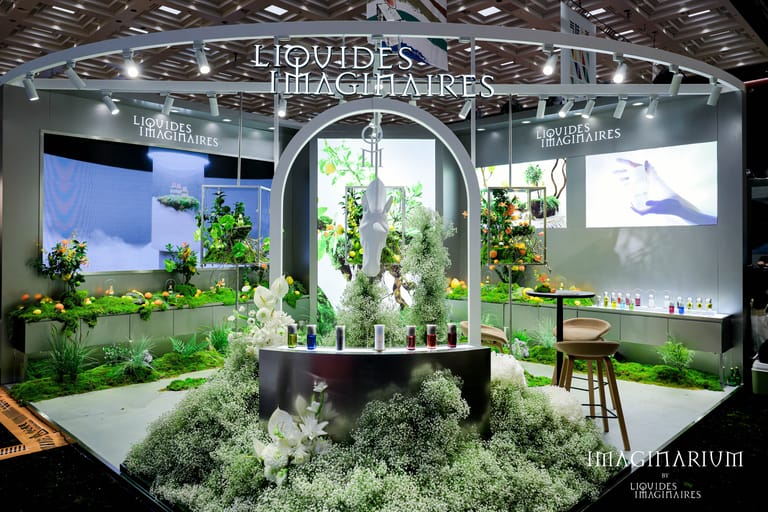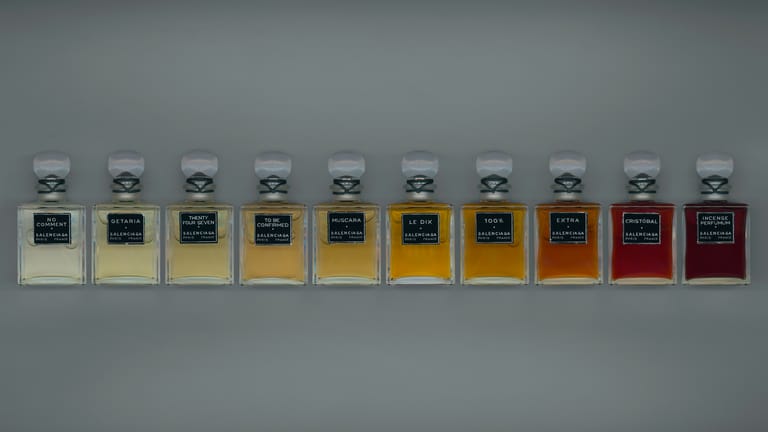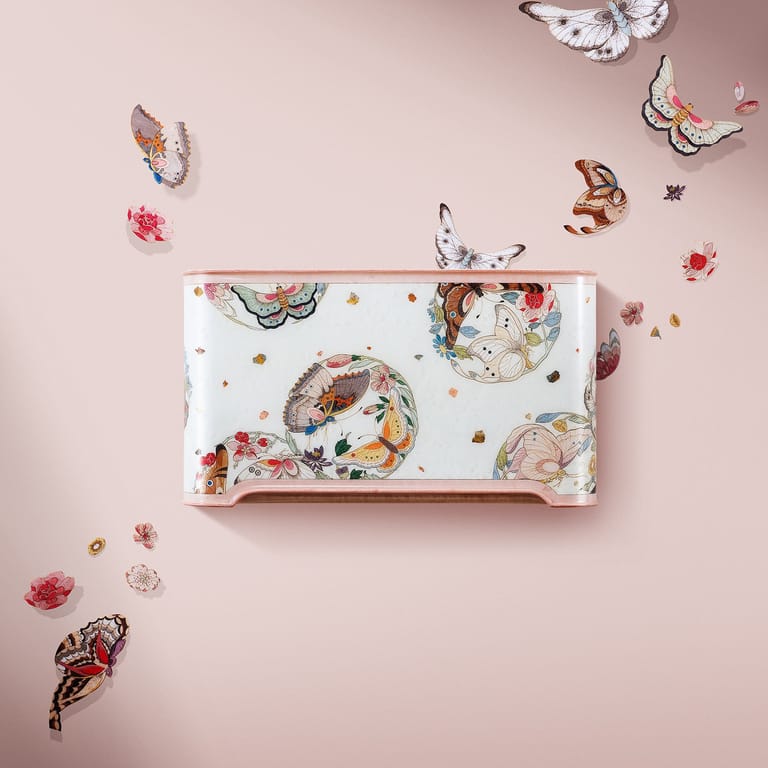How to Break Through in China’s Competitive Personal Care Sector
By
Huiyan Chen

Published on
July 16, 2025
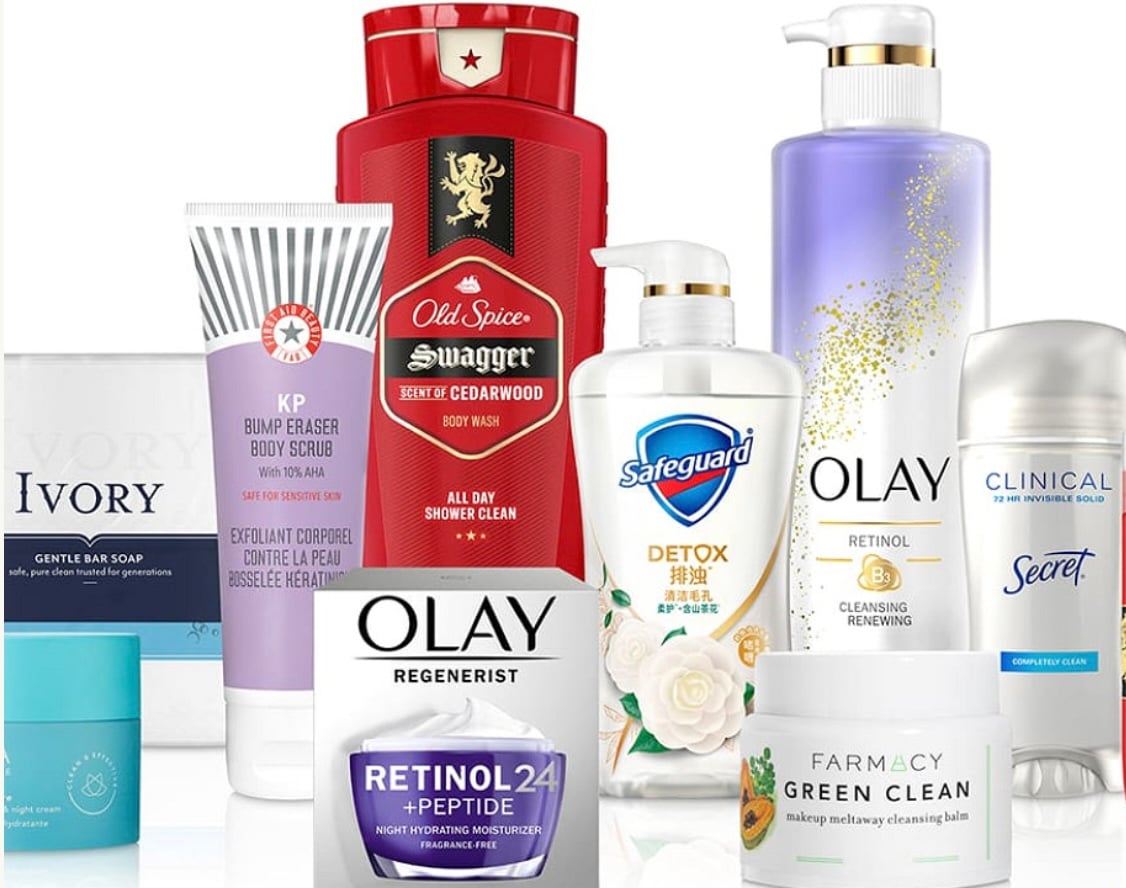
Once a functional FMCG staple tucked away on supermarket shelves, we spotlight the personal care category this month and examine how it’s being reshaped by the rise of efficacy-focused and emotion-driven consumption.
Personal Care Sector Is Getting a Makeover
In the past, consumers viewed shampoo and body wash through a utilitarian lens: cheap and long-lasting. These products were among the most inconspicuous fast-moving consumer goods, with little brand narrative and limited pricing power. But now, hair and body care is emerging as one of the most dynamic battlegrounds, rivaling skincare and color cosmetics in popularity.
From top rankings in e-commerce sales to attracting major capital investments and strategic moves by major beauty groups, hair and body care has quickly evolved from a functional staple to a new frontier for brand competition and consumption upgrading.
This month, we explore how the intersection of two key trends—efficacy-focused consumption and the emotion economy—is driving transformation in the personal care category.
Importantly, the rise of this segment is not a fleeting buzzword created by emerging consumer brands. It reflects a confluence of deeper shifts in consumer behavior, industrial upgrades, and evolving market dynamics.
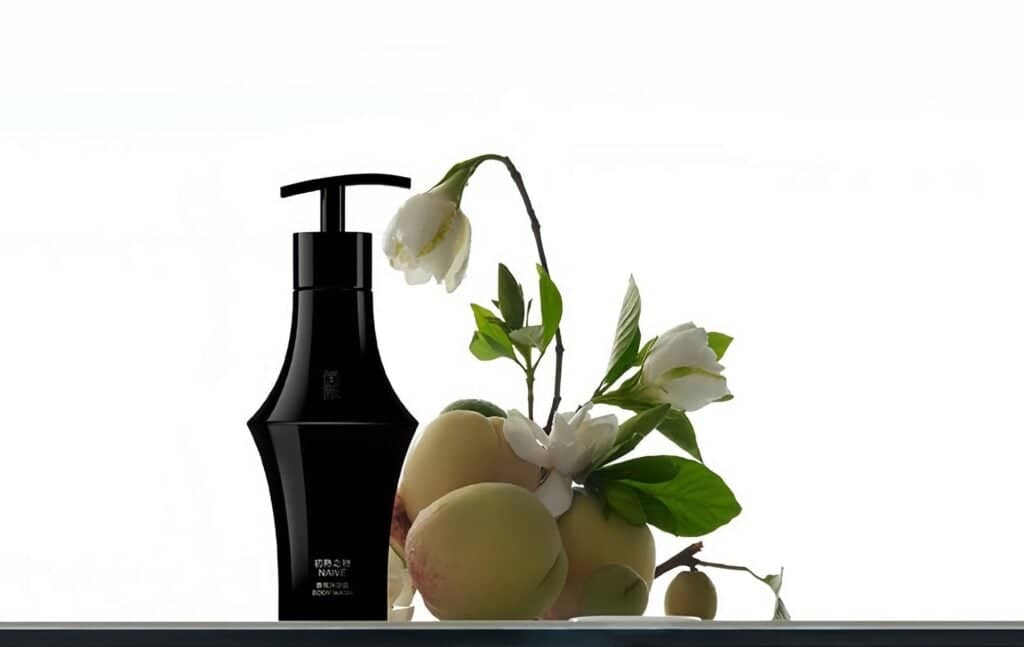
A Massive Market with Strong Momentum
First and foremost, personal care naturally commands vast market potential. According to MarketsandMarkets, the global body care market is expanding at a compound annual growth rate (CAGR) of 4.74 percent, projected to exceed $21.2 billion by 2031. In China, the outlook is even more bullish: Mintel projects a CAGR of 6.4 percent between 2024 and 2028, with the market reaching 37.8 billion yuan (approximately $5.21 billion) by 2028.
In the haircare space, LeadLeo Research estimates that China’s shampoo and conditioner market will reach 82.79 billion yuan (approximately $11.42 billion) by 2027,nearly double its 2017 size. Frost & Sullivan further highlights a booming niche: The scalp and hair vitality segment (scalp care, anti-hair-loss, hair regrowth), which grew at an average rate of 9.7 percent over the past three years and is expected to exceed 81.2 billion yuan (approximately $11.2 billion) by 2028.
Compared to skincare and makeup, hair and body care products are more affordable, easier to try, and offer faster feedback, making them ideal for consumers seeking novelty or self-care. This “small spending, big happiness” mentality was amplified during the peak of China’s new consumption wave, often serving as the entry point to premiumization for younger shoppers. Even as rational spending returns, the category remains resilient, offering a crucial opening for emerging brands.
Breaking the Monopoly
For the past three decades, global giants like Procter & Gamble, Unilever, and L’Oréal have dominated China’s personal care market. In 2021, data from Qingshan Capital indicated that these three companies collectively held over half of the market share, thanks to their mature supply chains, product portfolios, brand strength, and long operating histories.
But the new consumer wave has shaken up this status quo. Domestic challengers like Kimtrue, Spes, and Bathfeel have adopted direct-to-consumer models, bypassed traditional distribution channels, and gained rapid traction among young consumers through ingredient-focused messaging, fragrance design, and content-driven marketing.
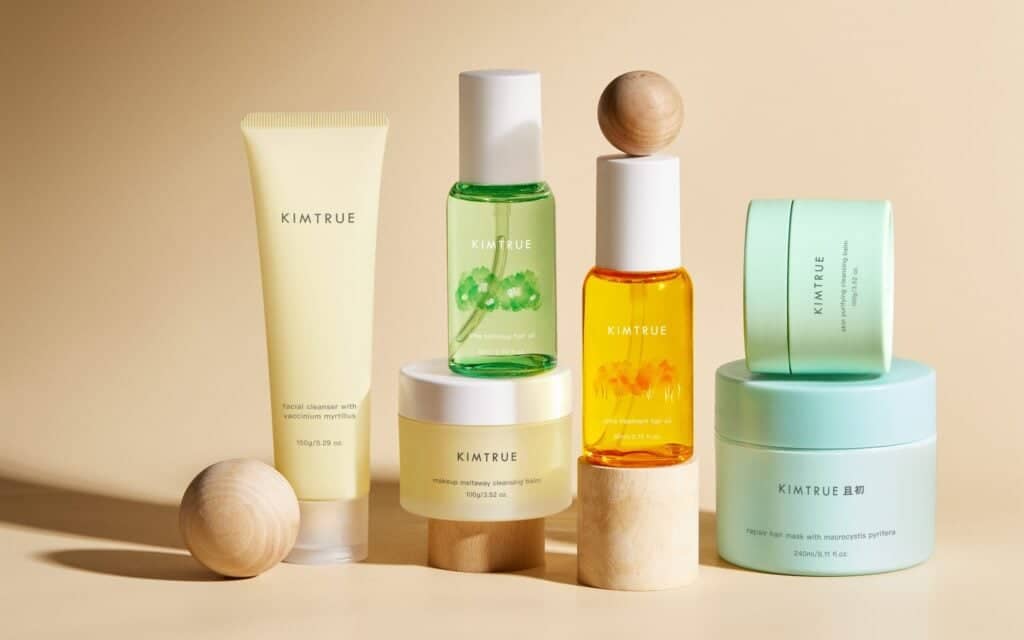
Although capital has cooled on new consumption over the past two years, market demand hasn’t slowed, prompting Chinese beauty conglomerates to accelerate a long-awaited entry.
In just the past year, several major domestic players have made strategic moves in shampoo and conditioner, shaking up the segment. PROYA launched Awaken Seeds, Shanghai Chicmax Cosmetic introduced lines under One Leaf and KANS, FREDA debuted Soon Mu with a focus on scalp microecology, and GIANT BIOGENE released the biotech-driven Head Things. These group-backed brands tend to emphasize functionality by tapping into premium-priced segments like scalp care, anti-hair-loss, and nourishing repair to carve out new product moats.
Foreign Giants are Stepping Up
Global players are not standing still. In 2024, L’Oréal’s professional haircare business saw a 5.3 percent year-on-year growth—making it the group’s second-fastest-growing segment after fragrance. This year, it announced its acquisition of luxury haircare brand Color Wow, reinforcing its leadership in the professional salon space. Previously, its acquisition of Aesop was widely seen as a play to strengthen its premium body care lineup.
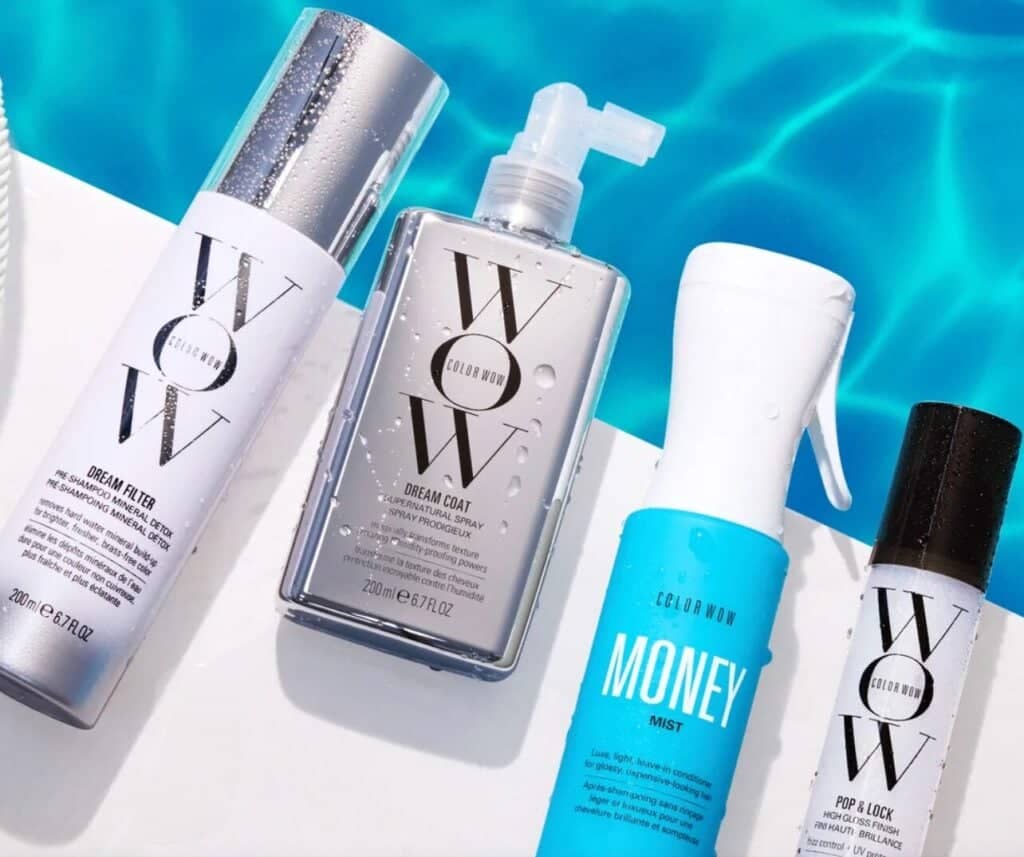
Meanwhile, with platforms like RedNote championing the “buyer-curated commerce” model, more niche overseas hair and body care brands are rapidly gaining exposure in China. Influencers like Zhang Xiaohui have played a pivotal role in introducing these brands to Chinese consumers.
Conclusion
Local indie brands are navigating the gaps; Chinese conglomerates are expanding through efficacy-based strategies; global giants are reinforcing their turf; and niche foreign brands are accelerating their entry through untraditional means. These overlapping forces are driving fierce competition in a category once dismissed as basic and turning personal care into the beauty industry’s next big growth story.
Stay Connected Through Our Weekly Newsletter




